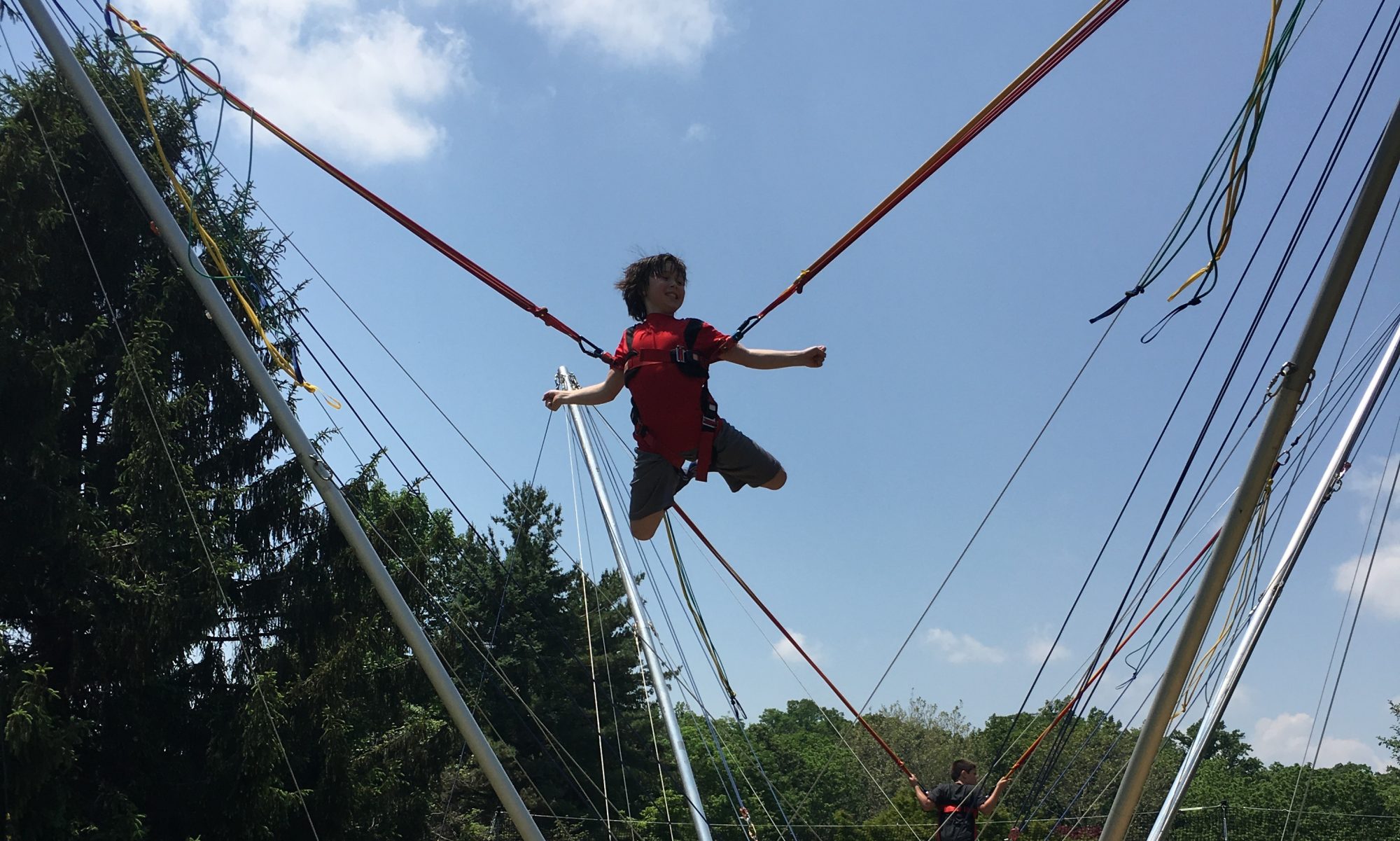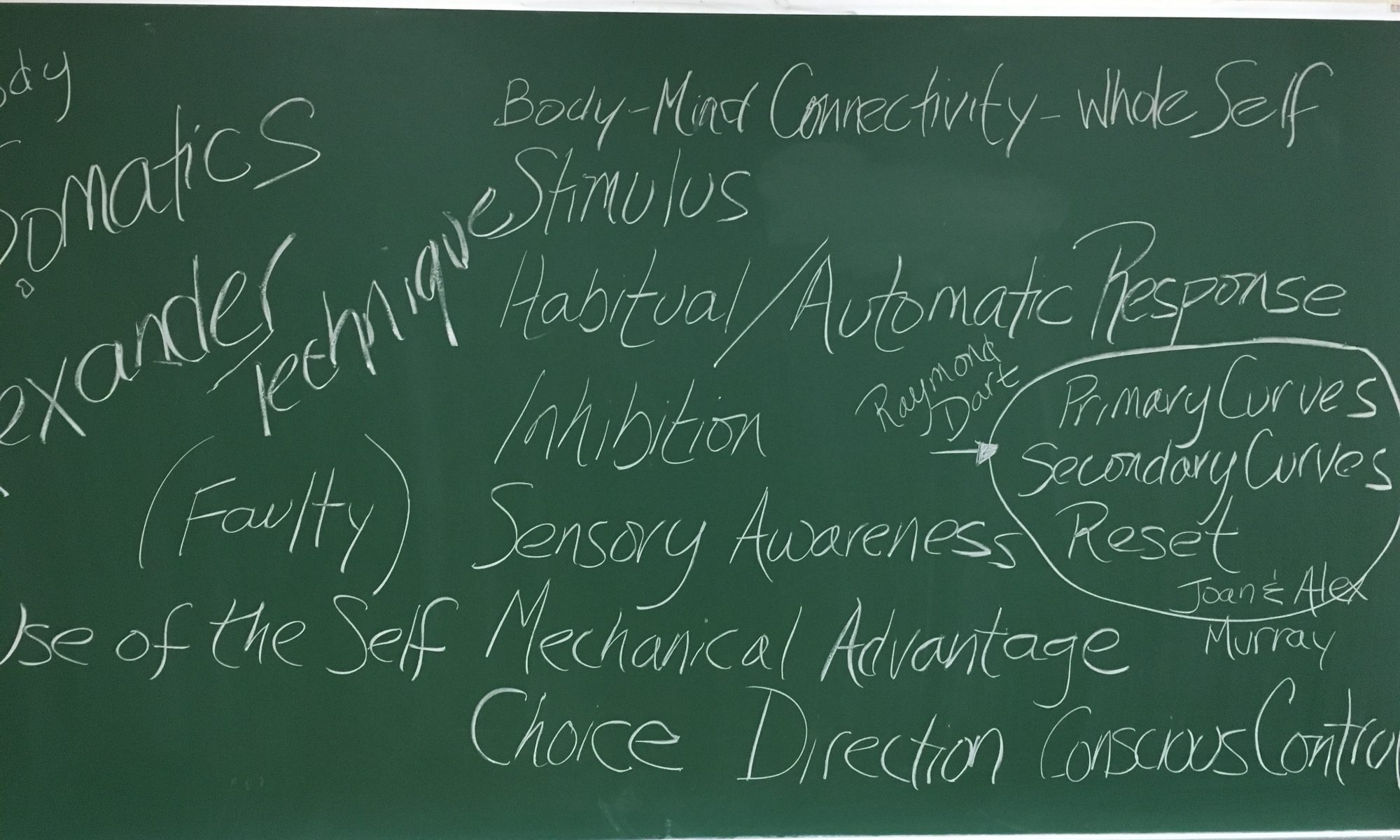 …The first step towards change is becoming more consciously aware of how we can best use our mind and body in ordinary activities, as well as in response to stress and excitation…
…The first step towards change is becoming more consciously aware of how we can best use our mind and body in ordinary activities, as well as in response to stress and excitation…
A methodology over 100 years old, the Alexander Technique is the life’s work of F.M. Alexander, an Australian Shakespearean actor who initiated a carefully rigorous study-of-self when his career was threatened by vocal problems that no medical treatment could alleviate. It has been recognized throughout the world by doctors, midwives, educators, and performing art institutions.
The Alexander Technique is a practical, self-care method that teaches skills in sensory education, best use of the body, and how to reduce unnecessary stress and pain. It uniquely clarifies how unconscious muscle tension, our response to stress, and poor postural habits disrupt the dynamic head, neck, and back relationship. More importantly, it teaches us how to reverse this downward spiral and reclaim our inherent balance and postural ease.
Through the simple tasks of such every day movements like sitting, standing, speaking, using our hands, etc., we will look at your whole body coordination, that most importantly incorporates how you think and respond to your environment. There is also a lying down portion of the lesson where students can “re-set” against the downward pull of gravity, by which students always respond that they feel taller, lighter, and more grounded upon standing up afterwards.
The Alexander Technique teaches one to:
- free the habitual thought and postural patterns that interfere with one’s optimal functioning and performance;
- increase whole-body integration and awareness;
- look and feel more confident;
- to improve skill, ease, and coordination;
- transform limiting tendencies towards chronic injury and pain.
Contact KC Chun to learn more.
“The Alexander Technique can help you (literally) unwind”
Harvard Health Publications Editor Dr. Eva Selhub writes about the Alexander Technique: how it’s used, who uses it and why, supporting science and what it means for you.
Photos: Alexander Technique principles on chalkboard, and F.M. Alexander working with student.

